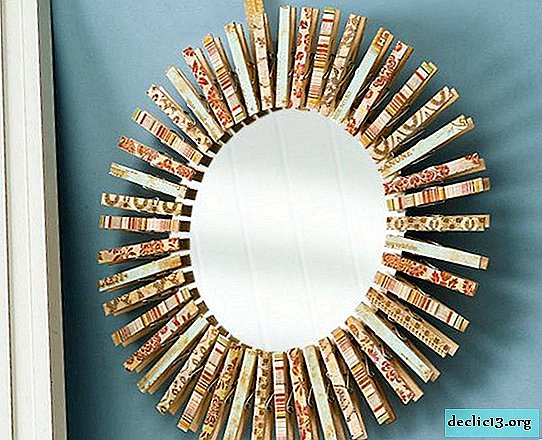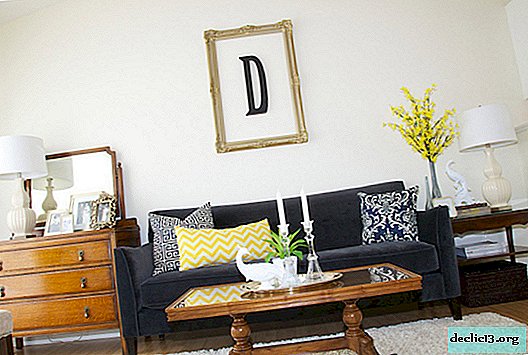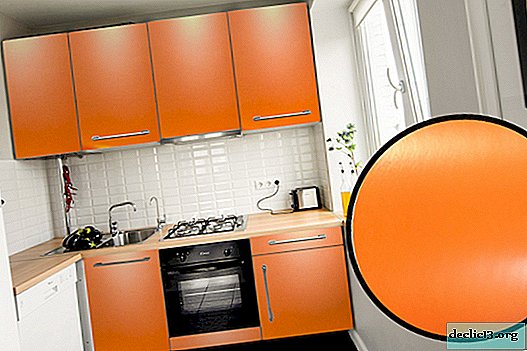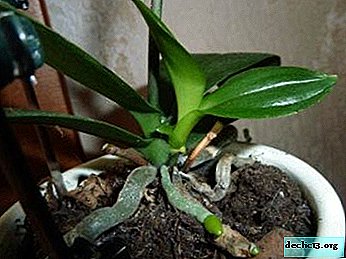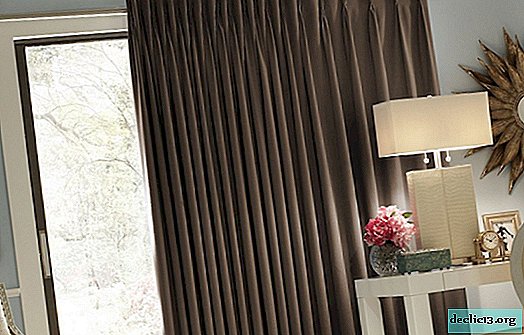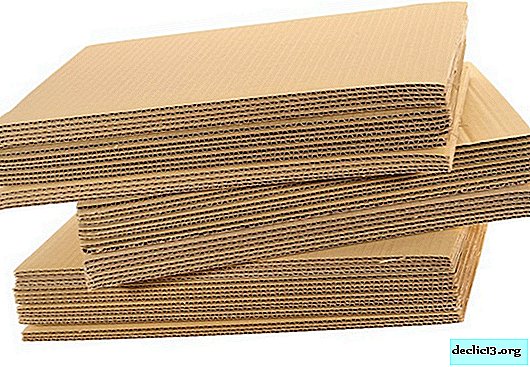How to make a good furniture polish with your own hands
Wooden furniture in the house is an indicator of the owners' good taste and concern for their own health. Wood is an environmentally friendly natural material, absolutely safe for humans. In order for wooden interior items to look attractive for longer and not to accumulate dust, it is necessary to properly care for them. A tool to help achieve this is polish. To care about wooden furniture does not harm the health of households, it is better to prepare a polish for furniture with your own hands. Since many products for this purpose, located on store shelves, include harmful substances.
Varieties
Of the many different polishes produced at home, there are several effective and simple to prepare. The ingredients that make up their composition are in every home. The most effective polishes are immediately after preparation, so the ingredients are mixed before use. Such polishes include formulations based on ammonia, vinegar, olive oil and lemon, as well as wax.
Also, a self-made furniture polish is prepared using other simple components, which include petroleum jelly. Denatured alcohol, turpentine, shellac and lanolin are also suitable for preparing a polishing compound. It is worth noting that they will be less environmentally friendly, which is a drawback. The components included in such polishes are difficult to obtain, which makes the cooking process more complicated. Choosing a substance as the main component of the polishing mixture, you need to know exactly which surfaces it is intended for.
With ammonia
A liquid based on ammonia is suitable for countertops in kitchen sets, bar counters, painted surfaces. It will protect furniture from dust, remove existing pollution from them. This composition does not leave after the application of cloudy stains, which allows to achieve a mirror shine on glossy surfaces, glass and metal fittings.
The advantage of this composition is ease of manufacture and availability. To prepare it, you will not need anything but ammonia itself and water. The product can be stored for a long time, it does not deteriorate and does not lose its original qualities. Of the main disadvantages of such a polish, you can name only an unpleasant odor, but the fact that ammonia is much less water makes it almost imperceptible. Moreover, the smell of ammonia very quickly disappears.
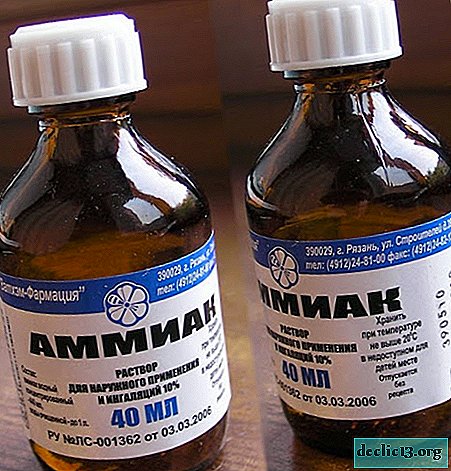
With vinegar
For varnished furniture, vinegar-based formulations are ideal. They will return the furniture to its original appearance, degrease its surface, and remove sticky deposits. In addition, vinegar neutralizes alkaline substances such as limescale. Thanks to the use of this product, you can easily cope with traces of mugs and glasses on a wooden table or other surface.
As a polishing component for a standard cooking recipe, use 70% of the essence. If it is replaced by 9% vinegar, then its quantity must be increased accordingly. Such a composition is stored in a glass or ceramic container. In this case, the period of its use is almost unlimited.
In order for the polish with vinegar to have a pleasant smell, you can add a couple drops of any essential oil to it. The choice of this component depends only on the preferences of the one who will do the cleaning in the house.

With olive oil and lemon
Means prepared using olive oil must be used immediately; it is not recommended to store it. Never use olive oil polish on varnished surfaces. This is explained by the fact that the top layer of varnish will not allow the oil to absorb, it completely remains on the surface, making it oily. In addition, the use of this composition for antique furniture with a fine finish can cause the appearance of “haze” on it. In order to find out how the surface behaves after exposure to the composition, first use it on a small area in an inconspicuous place.
If it was not possible to polish the surface to the desired state the first time, then after a short period of time, you can re-apply the composition and perform all the steps again. In this case, the first portion of the product will have time to soak into the wooden surface, and the second will give it shine.

Wax based
Wax-based polishing compounds are designed not only to prevent dust from settling and to give a shine to the surface, but also to mask small defects: shallow scratches and chips. Wax fills them, making them less noticeable. The use of such a tool ensures that there is no need for its frequent application - the film of wax does not erase for a long time from the treated area. The disadvantage of this composition is the appearance of fingerprints visible to the eye after any touch.
Essential oil is often added to wax based polishes. This is because they disinfect the treated surface. For these purposes, certain types of essential oils are used: lavender, eucalyptus, oregano, juniper, cloves, tea tree, citronella and thyme. In addition, tea tree oil allows you to get rid of mold.

Other species
Compounds with denatured alcohol, turpentine and shellac are less safe for humans compared to the above. Their use is comparable to conventional store polishes. Such compounds are used when all the necessary ingredients are in the house, and there is no way to buy ordinary polish. But despite this, it is these components that have enhanced cleaning properties and, if it is not possible to cope with pollution and polish furniture with vinegar, liquid ammonia or wax, then a small amount of methylated spirit is added to them. After that, removing dirt from the surface is very quick and easy. In addition, such compositions provide good surface disinfection, help remove fungus and mold, which in some cases is simply necessary. A good example of this is cleaning the bathroom, where wooden furniture may also be present.
How to cook
To make a polish for furniture at home using ammonia is the easiest. This will require:
- 2 teaspoons ammonia;
- 1 liter of warm water.
All ingredients are thoroughly mixed, the solution is poured into a container with a spray. They treat the surfaces to be cleaned by wiping the excess composition with a lint-free cloth.
 Mix water and ammonia
Mix water and ammonia Pour the composition into the spray
Pour the composition into the sprayAn easy-to-use home-based polishing agent is vinegar based. When creating it, use:
- 1 liter of warm water;
- 2 teaspoons of vinegar essence.
The use of this tool must be carried out using a container with a spray and rags.
 Mix vinegar and water
Mix vinegar and water Spray the composition and wipe with a cloth
Spray the composition and wipe with a clothA solution of olive oil and lemon is prepared without adding water. To do this, use:
- 1 cup olive oil;
- 1/4 cup lemon juice.
All ingredients are thoroughly mixed before application to the surface. Shake well before each use.
Recommendation: Olive oil formulations are best prepared using mineral oil sold in a pharmacy. It will be more economical and safer, since there they more closely monitor the expiration date of the goods and the oil will not be spoiled.
 Mix the ingredients
Mix the ingredients We put on furniture
We put on furnitureAnswering the question of how to make a polish from wax, which is a fairly solid substance, you need to remember that it melts under the influence of high temperature. To create a homemade wax polish, you must:
- 2 tablespoons of wax;
- 1 cup olive oil;
- 0.5 teaspoon of any essential oil.
Wax is heated in a water bath. Then to the resulting mass is added olive and essential oil. Wait for the mixture to cool completely and polish the surface by rubbing it with a cotton cloth. A polish containing petroleum jelly is prepared similarly to a wax agent. When preparing it, you will need:
- 3/4 cup petroleum jelly;
- 1/4 cup wax;
- 1 teaspoon of essential oil.
Wax is heated in a water bath, vaseline and essential oil are added. With the cooled mixture you can polish the surface of wooden furniture with a cotton cloth.
 We prepare the ingredients
We prepare the ingredients Mix them and warm them up in a water bath
Mix them and warm them up in a water bathA composition based on methylated spirits is obtained by thoroughly mixing all the ingredients in the exact amount, which include:
- 3 tablespoons of meth
- 3 tablespoons of shellac.
In the manufacture of a mixture of turpentine, lanolin, soybean oil and beeswax, all the ingredients are mixed in a ratio of 2: 2: 8: 1. Beeswax is first melted in a water bath, and the rest of the ingredients are added to it.
Recommendation: to use a polish containing olive oil or wax, use only a lint-free cloth. If you ignore this rule, particles of matter will lag on the surface.
Choosing a home-made polish instead of a store polish, you can not only ensure safe cleaning and protection of wooden furniture, but also know for sure that the surface will not deteriorate during the cleaning process. The composition indicated on the label is not always complete and reliable, which means that it is impossible to predict the exact result.

